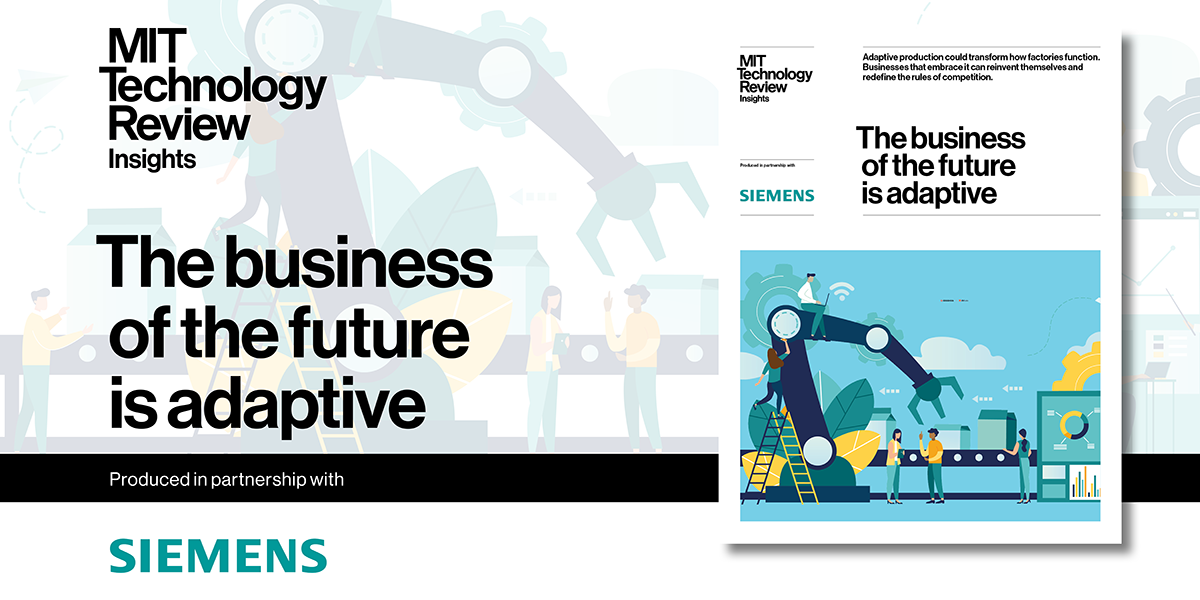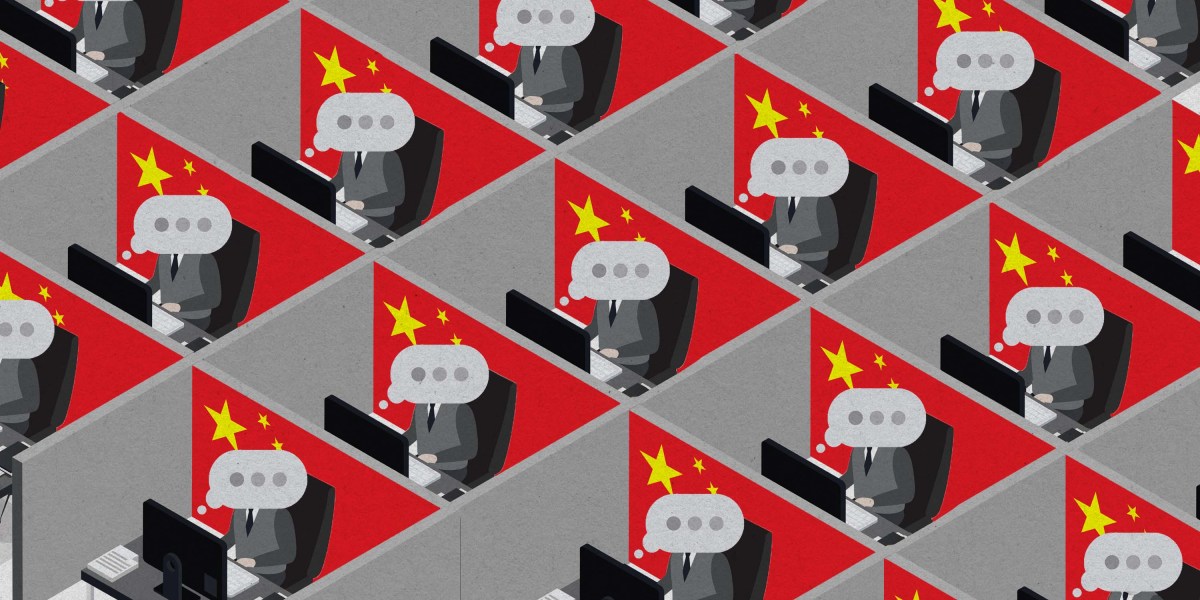Time to adapt
The journey to adaptive production is not just about addressing today’s pressures, like rising costs and supply chain disruptions—it’s about positioning businesses for long-term success in a world of constant change. “In the coming years,” says Jana Kirchheim, director of manufacturing for Microsoft Germany, “I expect that new key technologies like copilots, small language models, high-performance computing, or the adaptive cloud approach will revolutionize the shop floor and accelerate industrial automation by enabling faster adjustments and re-programming for specific tasks.” These capabilities make adaptive production a transformative force, enhancing responsiveness and opening doors to systems with increasing autonomy—designed to complement human ingenuity rather than replace it.
These advances enable more than technical upgrades—they drive fundamental shifts in how manufacturers operate. John Hart, professor of mechanical engineering and director of MIT’s Center for Advanced Production Technologies, explains that automation is “going from a rigid high-volume, low-mix focus”—where factories make large quantities of very few products—“to more flexible high-volume, high-mix, and low-volume, high-mix scenarios”—where many product types can be made in custom quantities. These new capabilities demand a fundamental shift in how value is created and captured.
Download the full report.
This content was produced by Insights, the custom content arm of MIT Technology Review. It was not written by MIT Technology Review’s editorial staff.
This content was researched, designed, and written entirely by human writers, editors, analysts, and illustrators. This includes the writing of surveys and collection of data for surveys. AI tools that may have been used were limited to secondary production processes that passed thorough human review.




